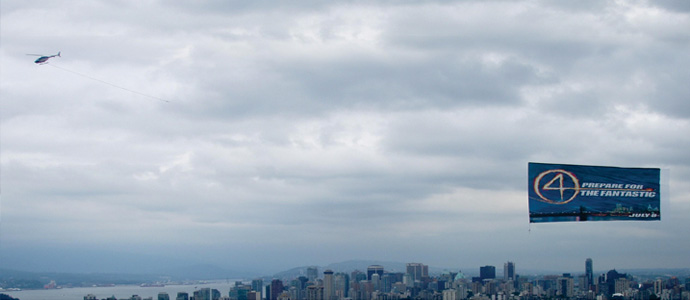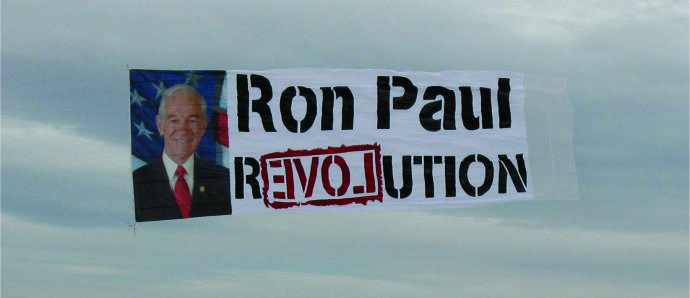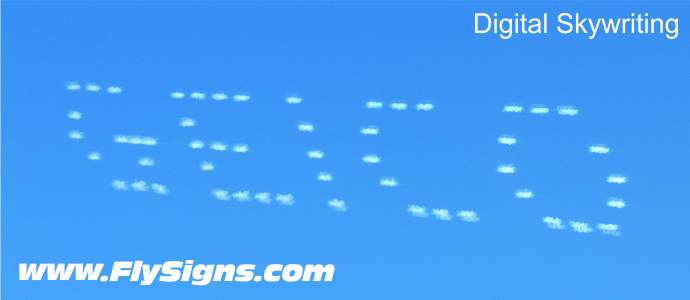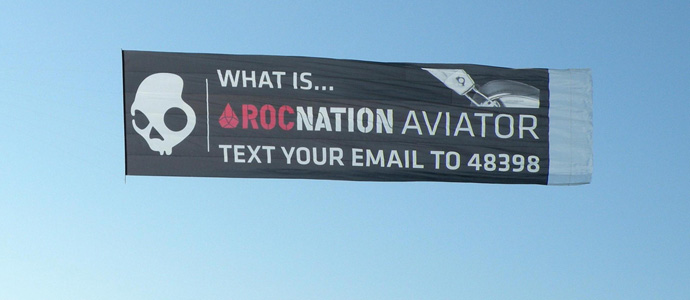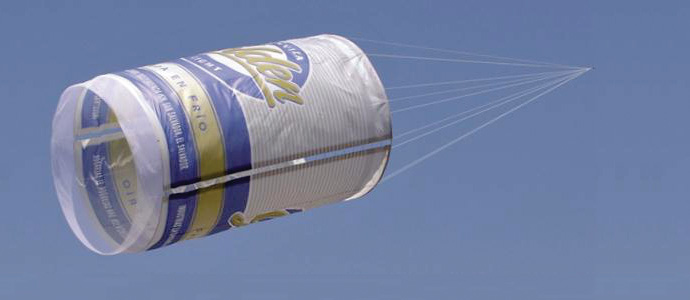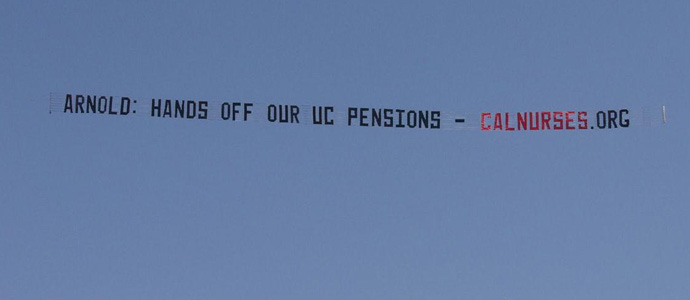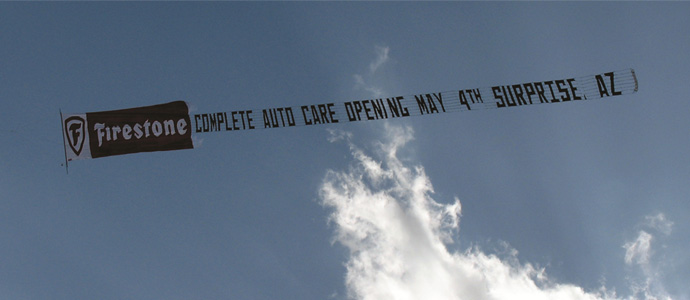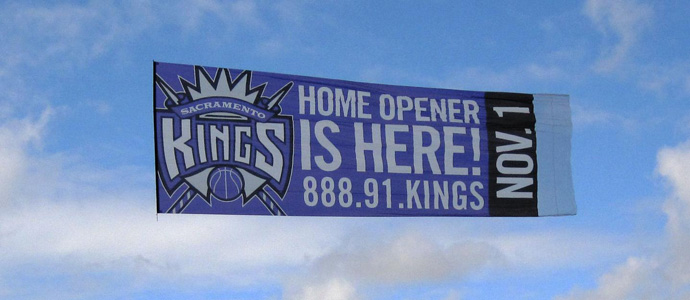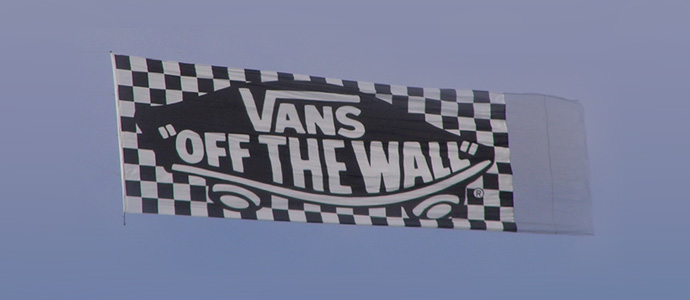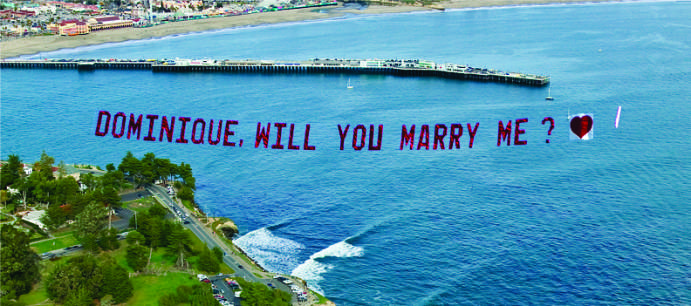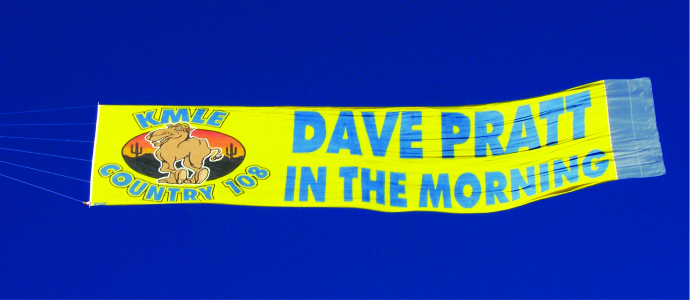Banner Towing
As far as flying goes, banner towing is not what you call "average flying". It is "flying" quite alright, but has a slight twist to it with different speeds, altitudes and an airplane message pulling along the back of the airplane. Banner towing is generally done at very low altitudes and speeds. In fact, as a pilot of a 172D at 60 to 65mph at 1000 feet above ground level, there may be lots of times you'll get to see cars going faster than you! When flying aerial banners over any region, you will need to keep track of the fuel, especially if you are flying into town from a distant airport. Overtime, as you become more experienced with banner towing, you will get good at thermal flying and finding thermal spots. It is always a good idea to keep these spots at the back of your mind; however, you will need to be cautious of the turbulences you may likely encounter. Remember that whenever you come across an elevator-up, you are probably also going to come across an elevator-down along the line.
Equipment
Along with great technicality and skills, banner towing involves the use of various equipments to tow aerial banners behind crafts. If you are considering starting the aerial advertising business, the following are a few equipment terminologies you should get familiarized with:
Aerial banners - These are advertising mediums that are supported by temporary frameworks that have been externally attached to aircrafts and are towed behind them.
Aerial Pickup Towline - This is a line that connects the grapple hook to the flying banner. The banner towing Aerial Pickup Towline is made of a non-stretchable material, having an extendable length of 76 m (250 ft and connects to the mast assembly bridle ring.
Cable Assembly and Grapple Hook - This is a banner towing device used in connecting the towline when the aerial pickup is being launched. It consists of a ring at the forward end (connected to the tow-hitch) and is connected at the aft end (to the multi-prong bar). It also has a safety link provided at the forward end.
Lead Pole or Mast Assembly - This is a rigid pole that is connected to the front of the flying banner and is set with the bridle lines that are joined at the connector rings to which the towlines are coupled. The mast helps in stabilizing the flying banner or airplane message and controls the roll attitude.
Rudder Guard - This is a device attached to the back of the fuselage. It helps in guiding the airplane message grapple line away from the horns of the control surface or the tail wheel.
Spring Keeper - This is a short spring attached to the base of the empennage or horizontal stabilizer.
Swim Line - This is referred to the outer limit of a designated distance (a 180 feet distance from the shoreline) within which people normally swim in.
Takeoff Launch Towline - This is almost the same as the Aerial Pickup Towline; however, it is instead used in the takeoff launch of the flying banner.
Tow Hitch - This refers to the release mechanism of the flying banner and its mounting fixture. This fixture is attached to the airplane tail and serves as an attachment point for all the banner towing equipments.

